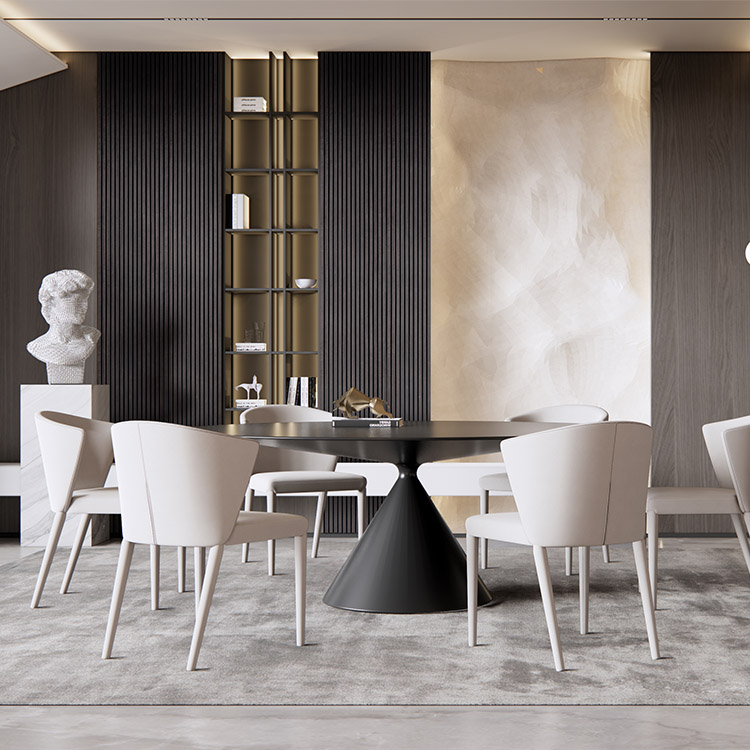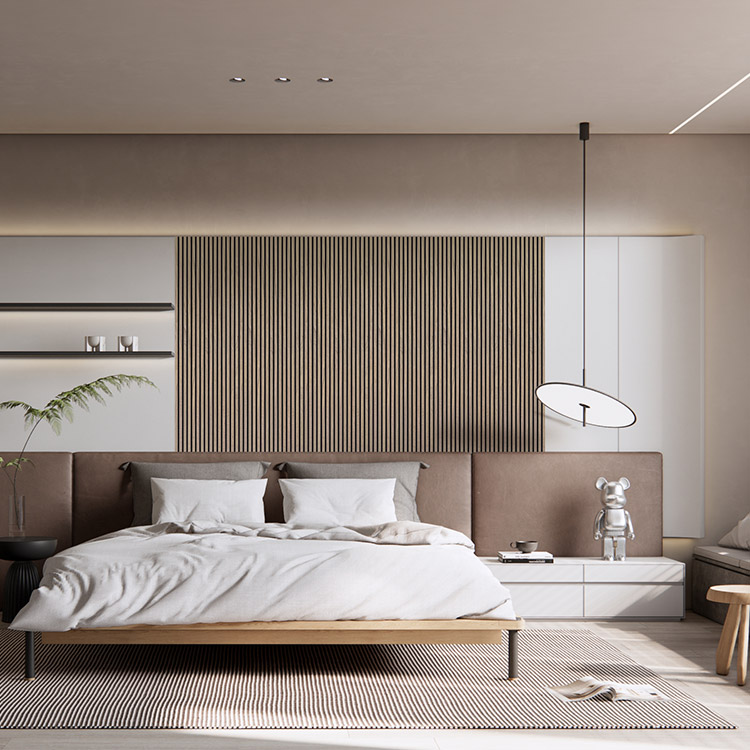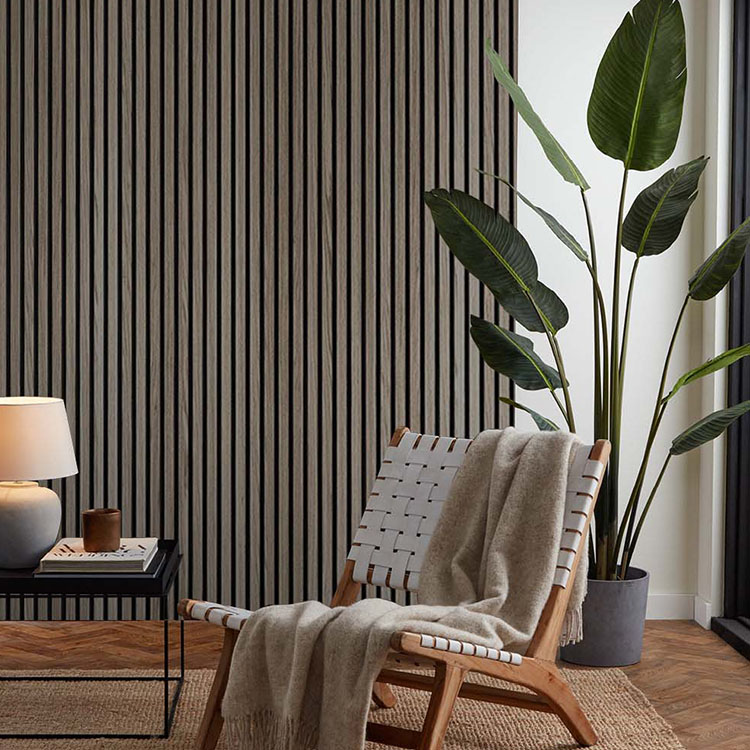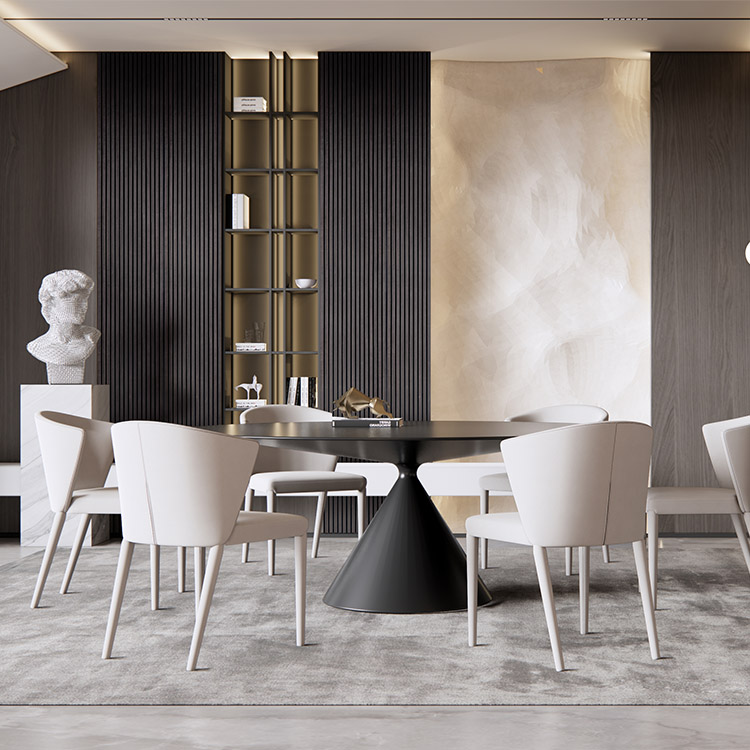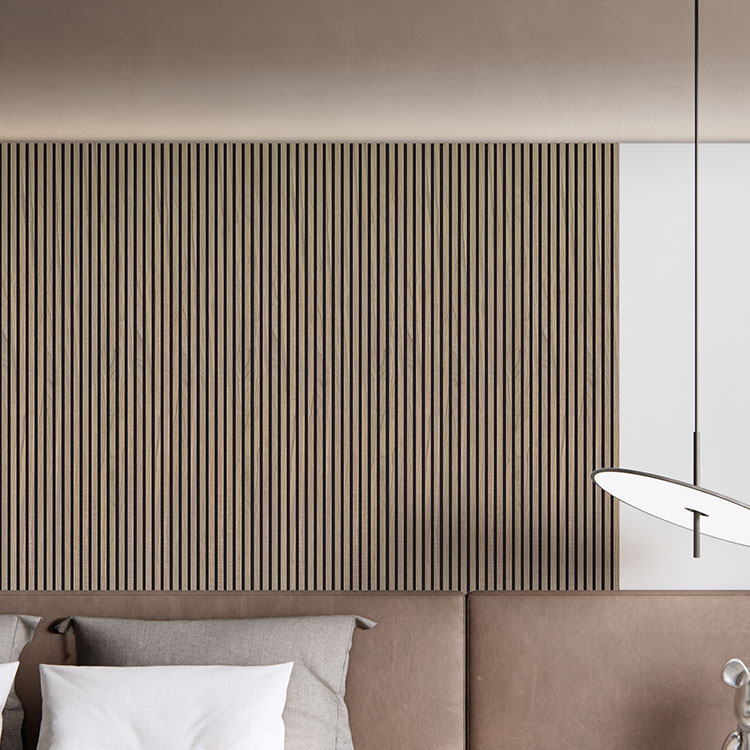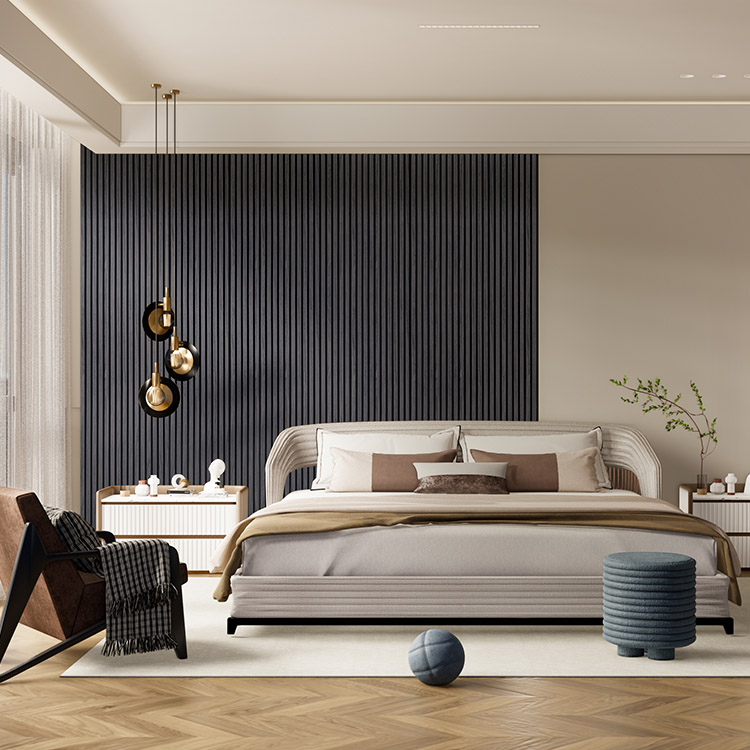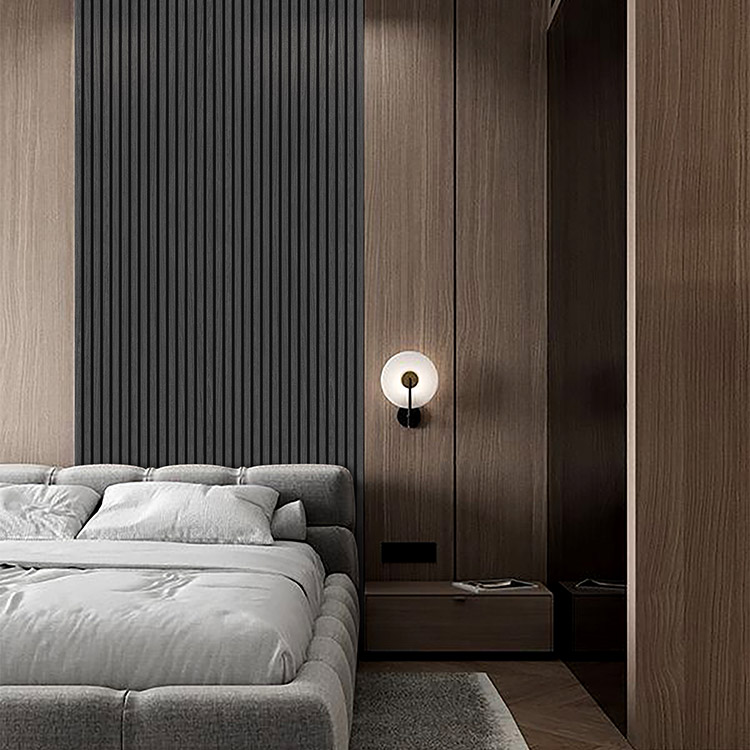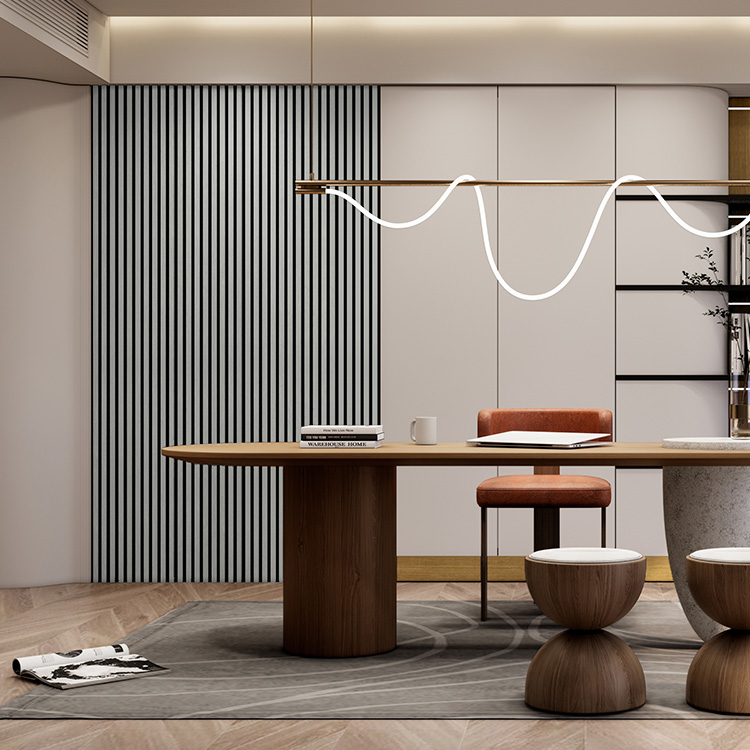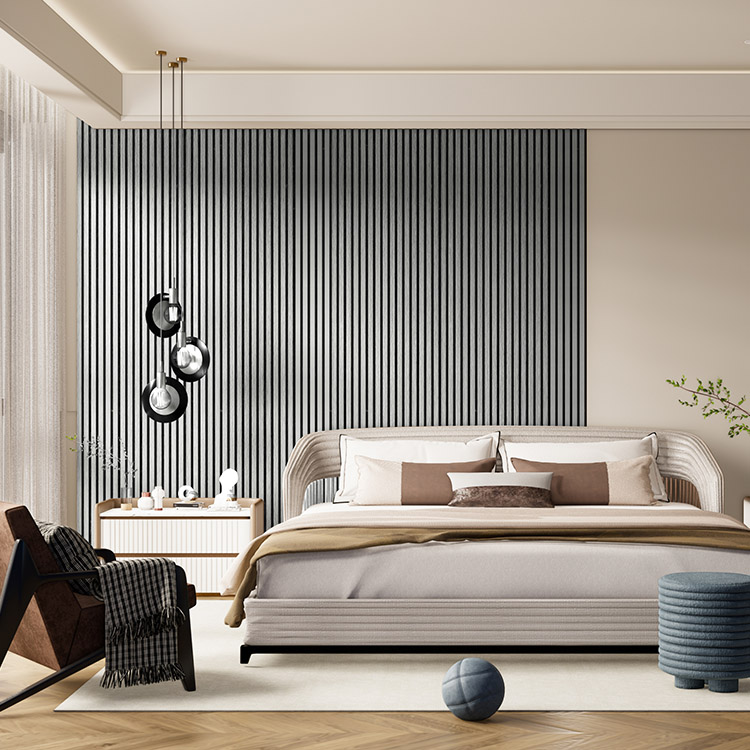Soundproofing is often associated with costly renovations and specialized materials, but the truth is—you don’t need to break the bank to make a room quieter. Whether you’re dealing with noisy neighbors, street sounds, or echo inside your space, there are budget-friendly soundproofing methods that can make a noticeable difference.
At Guangdong Leeyin Acoustics, we’ve helped clients worldwide improve their acoustic environments using wood slat wall panels and acoustic panels—all while keeping cost-effectiveness in mind. In this post, we’ll explore the most affordable ways to soundproof a room and explain why professional acoustic products can be a smart long-term investment.
💡 Low-Cost Soundproofing Solutions
1. Use Rugs and Carpets
Bare floors reflect sound, making rooms echo and feel noisy. A thick rug or carpet can absorb impact noise and reduce sound reflection, especially in rooms with hardwood, tile, or concrete floors.
2. Seal Gaps and Cracks
Sound travels easily through small openings. Use weatherstripping, acoustic caulk, or even DIY foam strips around doors and windows to reduce noise leaks. This step is inexpensive but highly effective.
3. Hang Heavy Curtains
Thick, insulated curtains (sometimes called soundproof curtains) can help reduce outside noise coming through windows. While they won’t block all sound, they can make a noticeable difference.
4. Rearrange Furniture
Placing bookshelves, wardrobes, or large furniture against shared walls can help block sound from adjacent rooms or apartments. It’s a simple, zero-cost trick that uses what you already own.
5. Add Soft Furnishings
The more soft surfaces in your room, the less sound will bounce around. Add cushions, upholstered chairs, or even fabric wall hangings to absorb noise.
🎯 Why Acoustic Panels Are a Smart Investment
While DIY methods can help, they have limitations. If you want long-term, high-performance soundproofing, acoustic panels—especially wood slat acoustic panels—offer better absorption, durability, and style.
At Guangdong Leeyin Acoustics, our wood slat wall panels are backed with eco-friendly PET felt, providing excellent sound absorption while enhancing your interior design. Unlike temporary DIY solutions, they are:
-
Highly effective at reducing echo and improving clarity
-
Durable and long-lasting (life expectancy over 10 years)
-
Customizable in color, size, and finish
-
Easy to install on both walls and ceilings
🏭 Our Expertise at Leeyin Acoustics
With over 20,000㎡ of modern production facilities, Guangdong Leeyin Acoustics is one of China’s leading exporters of wood slat wall panels and acoustic panels.
-
✅ Global market leader in acoustic wall panel manufacturing
-
✅ Strict quality control in line with international standards
-
✅ Custom solutions for architects, designers, and contractors
-
✅ Environmentally friendly materials meeting E0 and FSC certifications
